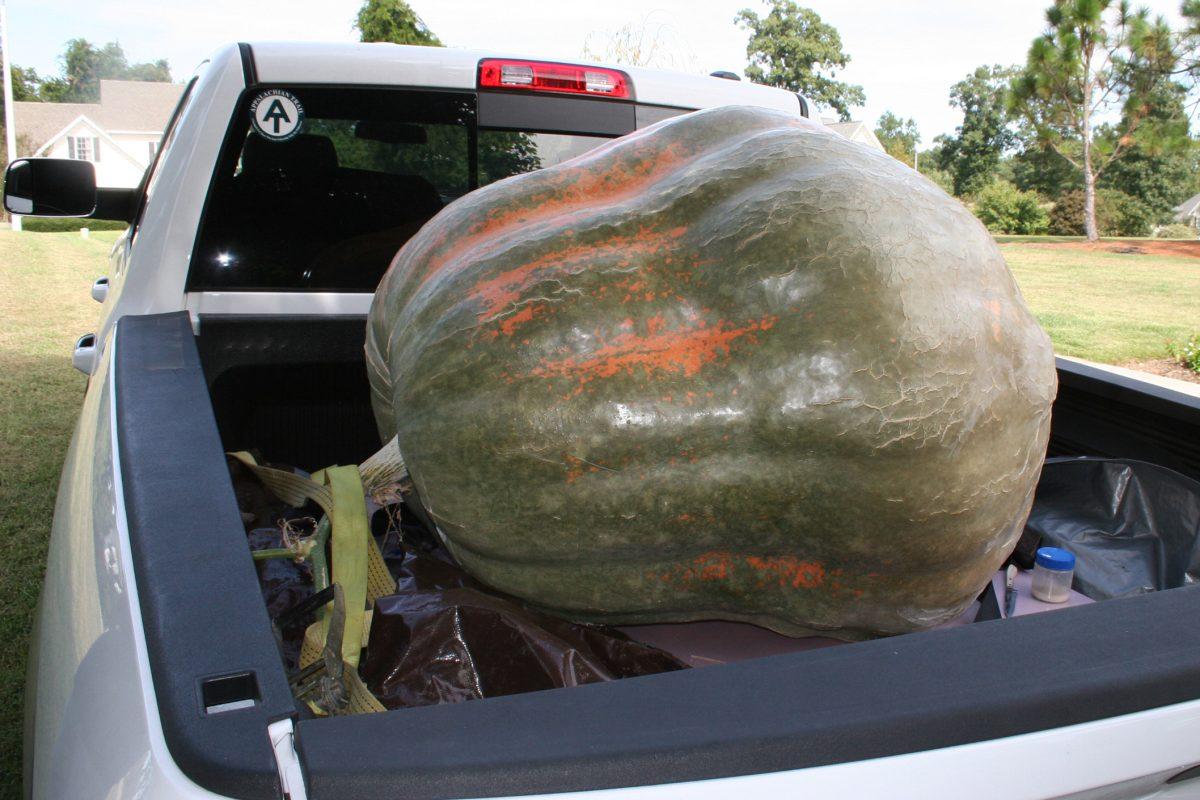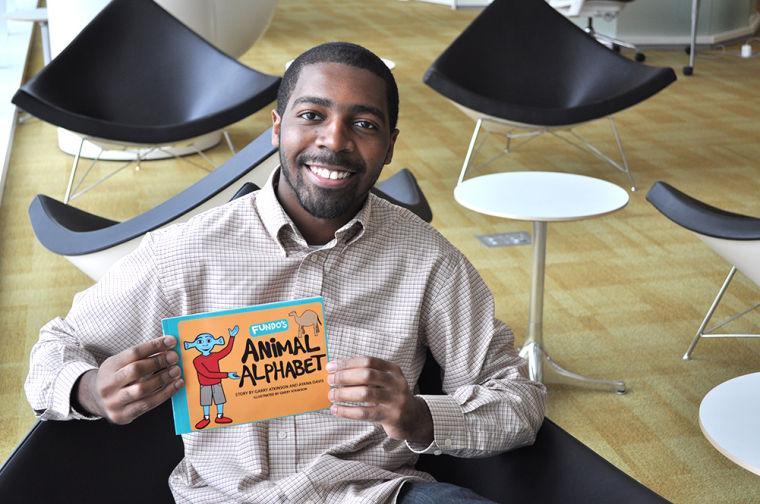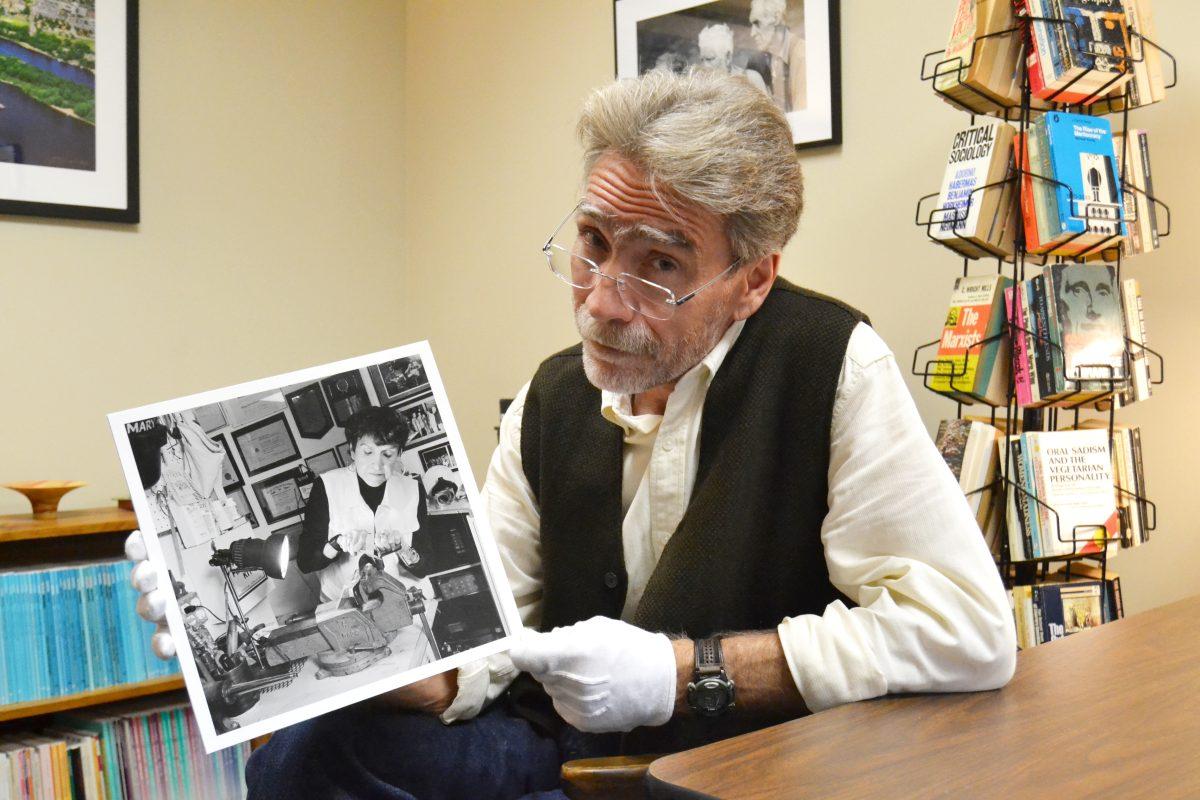As time goes on, we adopt and abandon traditions. For some, we devote much thought to why we do them. For others, the meaning behind tradition gets lost. The latter is the case for Halloween.
Some scholars believe that the Celts started Halloween. The Celts took the tattered leaves as a sign of the end of the harvest season and as a signal of one year’s ending and the next year’s beginning, David Skal said in his book, Death Makes a Holiday.
Due to the timing of this natural procss, the Celts believed the new year started on Nov. 1, according to the American Folklife Center’s website.
Celts called this festival, Samhain. They believed a veil separating the world of the living and the world of the dead was transparent enough for the souls of the dead to complete their journey to the underworld during the transition into winter, Skal said.
Sacrifices were common during Samhain in order to ensure healthy crops, and the flickering light of bonfires resembled lighthouses, which ushered the dead into the next world.
Halloween has no linear history, but it’s another example of diversity in American culture. Immigrants from different countries each had their own harvest-time traditions, which eventually combined and became Halloween.
The people of Britain, for example, celebrated Pomona, the Roman goddess of the orchards, which may explain the modern tradition of bobbing for apples, according to Skal.
The jack-o’-lantern tradition may have originated from unexplained sightings of ignis fatuus, “a phosphorescent swamp gas long known in the bogs of Britain,” Skal writes.
While variations exist from country to country, in British folklore, ignis fatuus is the result of a prankster, Jack, who angered both God and the devil. After being prohibited from spending eternity in heaven or hell, the devil supposedly supplied him a with a lighted coal, so he may use its light to trick innocent passersby into following the retreating glowing orb and straying them toward harm’s way.
However, the tale had no association with Halloween or with pumpkins at the time. Scholars still debate whether today’s idea of the jack-o’-lantern stemmed from English or American roots, Skal said. Pumpkins are also native only to North America.
Conversion to Christianity led to the christening of Nov. 1 as All Saints’ Day and Nov. 2 as All Souls’ Day. Missionaries thought it would be easier to convert people if they mixed Christianity with Pagan rituals, which included incorporating the dates of popular Pagan festivals, according to the American Folklife Center’s website.
Trick-or-treating seems to have a distant connection with the early Italian tradition Skal describes of providing food for visiting souls on All Souls’ Eve. However, Skal emphasized a need to leave treats to appease trickster members of the community.
Irish and Scottish folklore lend themselves to the tradition of Halloween tricks, due to their stories of mischievous pixies and hobgoblins, according to Skal.
Because Halloween has become practically synonymous with dressing up as zombies or donning skeleton masks to get free candy, the vision of the early traditions—viewing the season as a chance to reconnect with the dead—can be lost in the fun.
Perhaps costumes came from the period of masquerade-style debauchery, which, according to Skal, commenced Christmas festivities under the rule of King Charles I during a season called Hallowmas.
Another theory includes the idea that people used costumes to trick the dead into thinking they were dead as well, according to the National Endowment for the Humanities website.
Halloween gained popularity in the United States following World War II. The government no longer restricted candy consumption, which led to the holiday’s commercialization.
Commercialized as it may be, Halloween will likely endure as it enables people to enjoy a seemingly supernatural world based on mythology and legend.




